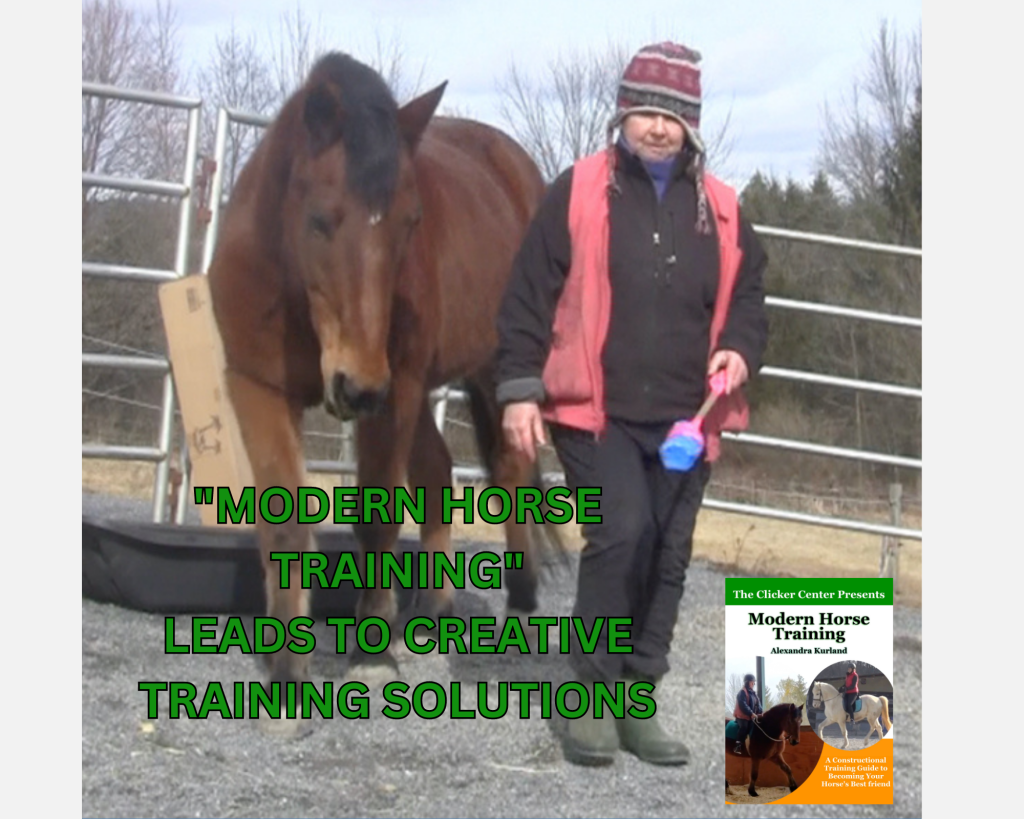I just published this week’s Equiosity podcast.
This is Part 3 of a three part conversation.
In Part 1 we talked about resets – what they are and how they can be used to help horses rebalance so they are more in sync with their handlers.
In Part 2 this led to a discussion of shaping on a point of contact, the WWYLM lesson and visualizing your horse as a marching band.
In part 3 explore some useful metaphors that help in understanding lateral work. We begin with Merry-Go-Rounds and then move on to railroad tracks.
At the very end of the podcast I talk about the connection between the horse training and my children’s books. Everything is connected to everything else. I hope you listen all the way to the end to understand the connections. Clicker training really is Modern Horse Training. It represents a shift in attitude towards horses.
When I’m thinking about Modern Horse training I’m thinking about the contrast between today and that time when horses were beasts of burden.
Our relationship with horses is different today. The reason why we have horses has changed. Our horses are our companions and our friends. They aren’t pit ponies down in the coal mines forced to haul coal out of the mines. They aren’t the London cab horses that were written about in Black Beauty. Thankfully, those days are behind us. We have the luxury to really examine our training and to update it to make sure that it really does work in the best interest of our horses.
When I’m sharing clicker training, I want to touch more than the lead rope you hold in your hands. I want to touch your heart because that’s how we truly, deeply connect to one another and change forever how people train horses.
The children’s books for me are part of that. So thank you for indulging me as I continue to talk about the Kenyon Bear Books. I encourage you to order them to see what they are about. (https://www.theclickercenter.com/bear-hollow-press)
Everything is connected to everything else.
Train well and have fun with clicker training.
To listen to the podcast go to equiosity.com or subscribe to it via your podcast provider.
https://soundcloud.com/user-398403643/episode-271-resets-pt-3-merry-go-rounds-and-railway-tracks























